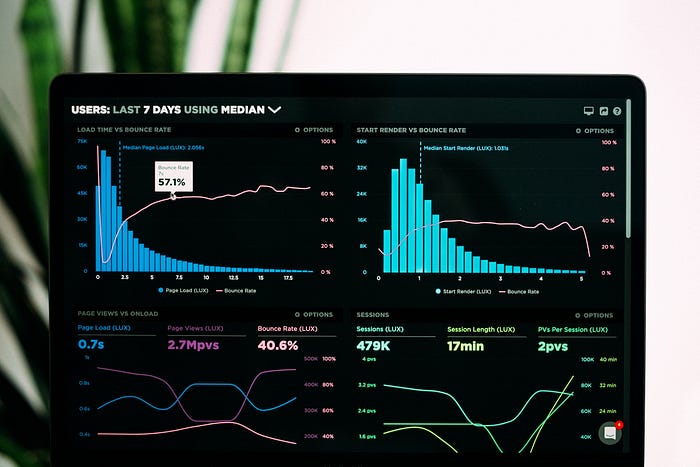VISUALIZATION: EFFECT OF AGE , COST AND RACE ON HOSPITAL VISITS.

Data visualization deals with graphical representation of data. It is an efficient way of communication especially when the data is numerous. In this article, I would try to give a documentation of my process of visualization of an healthcare cost data of Wisconsin hospitals gotten from Kaggle including inferences made and recommendations. The data is a nationwide survey of hospital costs conducted by the US Agency for Healthcare. The data is restricted to the city of Wisconsin and relates to patients in the age group 0-17 years.
The data contained 6 columns (age of the patient discharged
,female(sex), length of stay in days, race of the patient, hospital discharge costs, all patient refined diagnosis related groups) and 500 rows(patients). The data was visualized using Power BI.
Note: The race column is already converted to numbers and the numbers denote the different races with White(1), Black(2), Hispanic(3), Asian/Pacific islander(4), Native American(5), Other(6).
Steps taken in the process of visualization:
- Created a MySQL server instance then created a table in a new database.
- Loaded the data in csv format into MySQL table created using the table data import wizard option.
- Connected the MySQL database to my Power BI.
- The visualization then began with a funnel chart to visualize gender of the patients.
- A pie chart also showing the ages of the patients included in the data.
- A bar chart showing the hospital charge cost by age.
- A pie chart showing the race of the patients in the data.
- A bar chart of the hospital discharge costs by race.
- A bar chart of race by length of stay.
The dashboard document can be found here.
Observations made:
- The data contained only female patients.

2. The age with highest frequency was 17, supporting studies like a study carried out by Wang et al., 2013,that have shown that women use medical facilities more than men especially in their reproductive years.

3. The data also showed that in the city of Wisconsin more white people make use of medical facilities than other minority races which according to National Research Council (US) Panel on Race, Ethnicity, and Health in Later Life can be due to lower levels of health insurance coverage, and role of geography or residential area.

4. Patients age zero spend more money in the hospital than other patients due to the fact their organs are not fully developed.
5. The data shows that race of patients that stay in the hospital are usually whites, no other race stays in the hospital for short term except the white race due to the fact that healthcare is expensive and other races only stay when absolutely necessary. A review of 15 studies carried out by Hall et al., 2015, on the implicit racial/ethnic bias among health care professionals and its influence on health care outcomes where almost all studies used cross-sectional designs of US participants showed most healthcare providers appear to have implicit bias in terms of positive attitudes toward Whites and negative attitudes toward people of color which can be a reason other races decide to go to the hospitals only when absolutely necessary.

On making the observations above and doing more research on the subject. I came up with the following recommendations:
1. Eliminate the perverse Fee for service payment system: The payment should be made into a bundled system instead of payment separately for different items and services furnished to a patient. more on this can be found here.
3. Creating awareness among healthcare professionals on the implicit bias of the healthcare system.
4.Improving the confidence of minority patients in their healthcare providers by putting checks in place to prevent and curb implicit bias in healthcare providers.
References.
